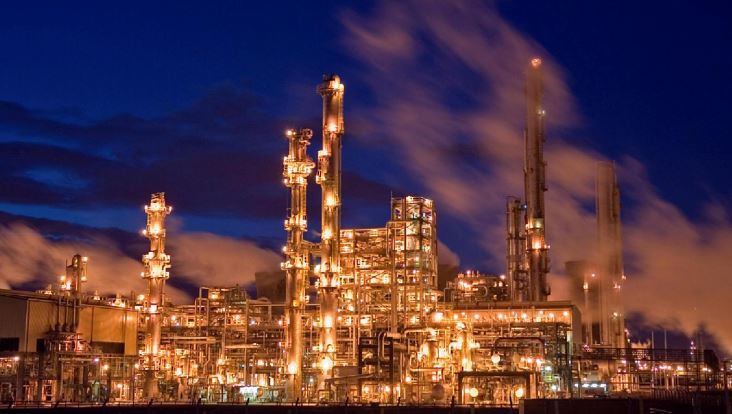East Timor has revealed plans to build a liquefied natural gas import terminal as it looks to switch its oil-fueled power plants to run on LNG.
The nation’s oil company Timor GAP said in a statement it awarded a contract on March 30 to Wood Group Kenny to study the feasibility of the LNG-to-power project.
Wood Group Kenny would conduct a six-month feasibility study for a lump sum price of $720,825, according to Timor GAP.
In addition, the state-owed firm says it was in talks with the US Embassy for funding and delivery of the environmental impact assessment and surveys for the LNG import terminal.
East Timor gets electricity supply via three main power plants at Hera, Betano and Oe-Cusse located on the north and south coasts of the island.
The Hera and Betano power plants, launched in 2011, feature Wartsila 18V46 generators currently configured to go on light fuel oil, Timor Gap said.
Moreover, the Inur Sakato (Oe-Cusse) power plant, launched in 2015, has Wartsila 34DF generators also configured to run on light fuel oil.
These generators have the capability for conversion to run on natural gas.
This would achieve “significant” reductions to both fuel supply cost and greenhouse gas emissions, Timor GAP said.
Worth mentioning here, East Timor has plans to become an LNG exporter for years but it has never agreed with Australia’s Woodside on the Greater Sunrise development as the nation wanted to ship the gas to an onshore facility on the island.
The Greater Sunrise fields are located about 450 kilometres north-west of Darwin and 150 kilometres south of East Timor.
Woodside has a 33.4 percent stake and operates the development while Japan’s Osaka Gas owns 10 percent. Timor Gap has a 56.5 percent stake in the development.

